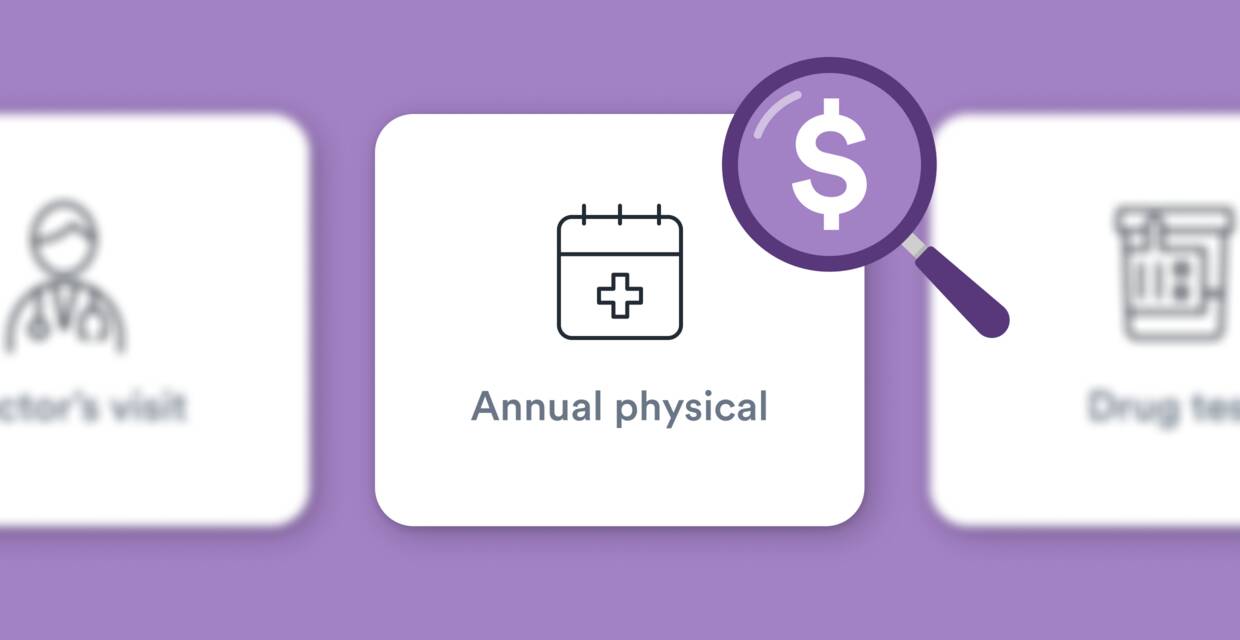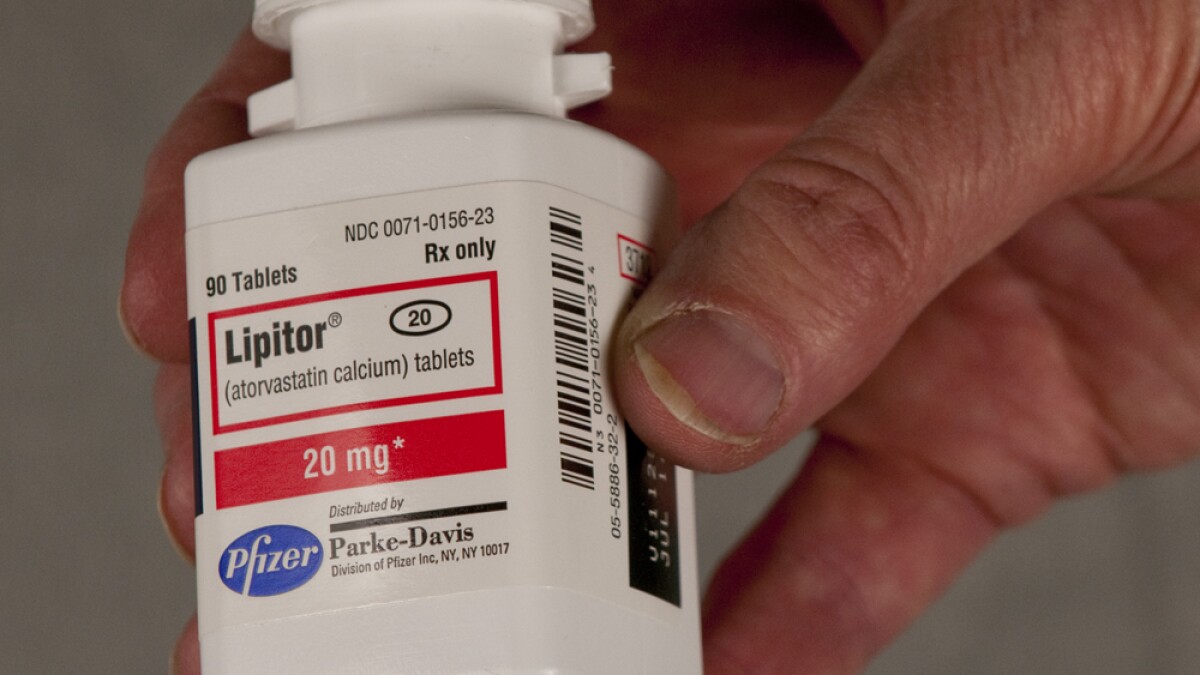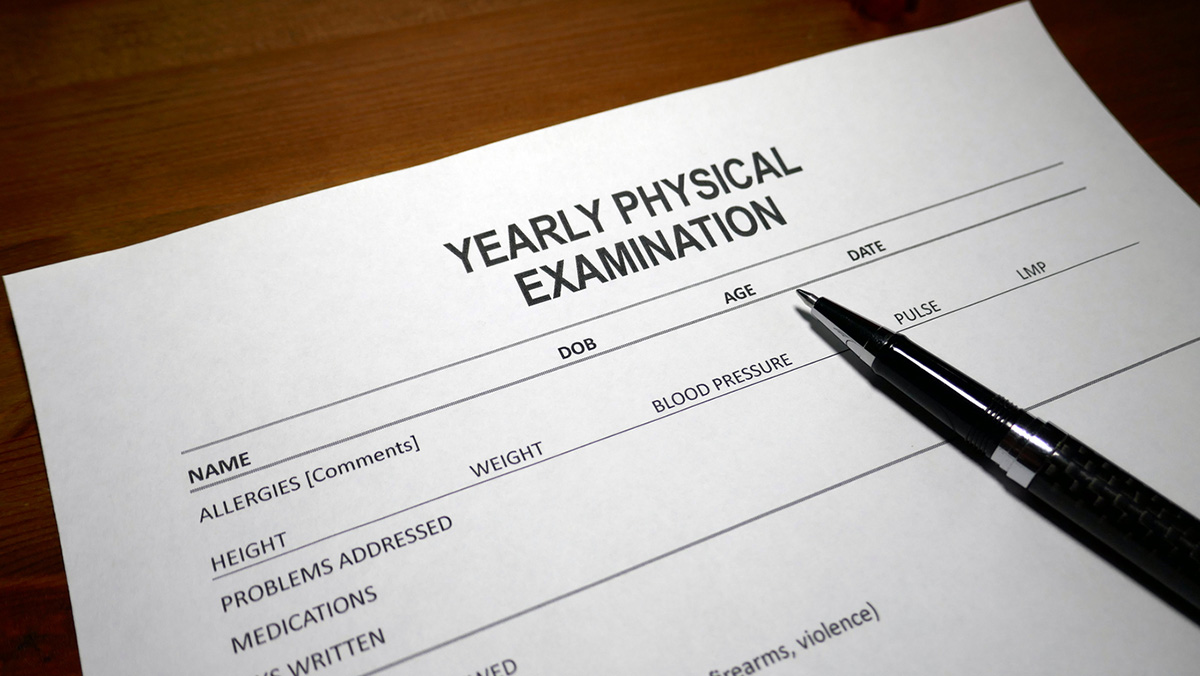Home>Finance>How Much Is An Annual Physical Without Insurance?


Finance
How Much Is An Annual Physical Without Insurance?
Modified: February 21, 2024
Find out the cost of an annual physical without insurance and explore financial options for affordable healthcare. Discover ways to finance your medical expenses.
(Many of the links in this article redirect to a specific reviewed product. Your purchase of these products through affiliate links helps to generate commission for LiveWell, at no extra cost. Learn more)
Table of Contents
Introduction
Welcome to our comprehensive guide on the cost of an annual physical without insurance. Annual physical exams are an important aspect of maintaining overall health and wellness. They involve a thorough evaluation of a person’s physical condition and can help detect any underlying health issues before they become more serious.
While many individuals have health insurance to cover the cost of these exams, there are also those who do not have insurance coverage. This can lead to concerns about the cost and affordability of an annual physical.
In this article, we will explore the average cost of an annual physical without insurance, factors that can influence the cost, and alternative options for those seeking more affordable options. Whether you are uninsured, have a high deductible plan, or simply want to understand the potential expenses involved, this guide is here to provide you with valuable information.
It’s important to remember that while this guide aims to provide general information, healthcare costs can vary widely based on location, healthcare provider, and individual circumstances. It’s always best to consult with a healthcare professional and check with local providers for the most accurate and up-to-date cost information.
Understanding Annual Physicals
An annual physical is a comprehensive examination conducted by a healthcare professional to assess a person’s overall health and identify any potential health issues. It typically includes a series of tests, screenings, and discussions to evaluate different aspects of a person’s well-being.
During an annual physical, healthcare providers may perform various examinations, such as checking vital signs, reviewing medical history, conducting physical examinations, and ordering laboratory tests. This thorough evaluation allows doctors to detect early signs of conditions such as hypertension, diabetes, heart disease, and cancer.
Additionally, annual physicals often include discussions about lifestyle factors, such as diet, exercise, and stress management. This provides an opportunity for healthcare professionals to offer guidance on improving overall health and reducing the risk of future health problems.
An annual physical is not only beneficial for identifying potential health concerns, but it also enables individuals to establish a strong relationship with their healthcare provider. Regular check-ups provide an opportunity for open communication, allowing patients to address any concerns or questions they may have.
It’s important to note that an annual physical is different from routine check-ups or specific exams focused on a particular issue. While it is recommended for most adults, the frequency and components of an annual physical may vary depending on factors such as age, medical history, and individual needs. Consulting with a healthcare professional can help determine the most appropriate schedule and content for your annual physical.
Average Cost of an Annual Physical without Insurance
The cost of an annual physical without insurance can vary depending on several factors, including the healthcare provider, location, and the specific tests and services included in the exam.
On average, the cost of a basic annual physical without insurance can range from $150 to $300. This typically includes a general physical examination, review of medical history, and basic blood tests.
However, it’s important to note that additional tests or screenings, such as cholesterol levels, EKGs, and mammograms, can significantly increase the cost. These additional tests can range from $50 to $200 each, depending on the provider and location.
Furthermore, specialist consultations, if required, may incur additional fees. For example, if your primary care physician refers you to a specialist for further evaluations or specific screenings, you should account for the cost of those visits as well.
It’s worth mentioning that healthcare providers may offer different pricing structures, such as discounted packages for self-pay patients. Some clinics and community health centers may also provide sliding scale fees based on income. It’s important to inquire about any available options that can help reduce costs.
Keep in mind that the prices mentioned here are general estimates and can vary significantly depending on your location and healthcare provider. It’s always advisable to contact your local clinics and healthcare facilities for specific pricing information.
While the cost of an annual physical without insurance may seem expensive, it’s important to prioritize your health and well-being. Investing in regular check-ups can lead to early detection of potential health issues, which can ultimately save you money in the long run by preventing or managing chronic conditions.
Factors Influencing the Cost of an Annual Physical without Insurance
The cost of an annual physical without insurance can be influenced by various factors. Understanding these factors can help you better understand and manage the expenses associated with your healthcare. Here are some key factors that can influence the cost:
-
Location:
The cost of healthcare services can vary significantly depending on your geographical location. Factors such as the cost of living, local healthcare market, and competition among healthcare providers can impact the pricing of annual physical exams.
-
Type of Provider:
The type of healthcare provider you choose for your annual physical can affect the cost. Generally, visiting a primary care physician or a general practitioner is more cost-effective compared to specialist consultations.
-
Inclusions:
The tests, screenings, and services included in your annual physical can impact the cost. Basic physical exams usually include a review of medical history, vital signs assessment, and basic laboratory tests. However, additional tests such as cholesterol screening, EKG, or mammogram can increase the overall cost.
-
Facility Type:
The type of healthcare facility you choose can also influence the cost. Visiting a hospital or a specialized clinic can be more expensive compared to community health centers or local clinics.
-
Additional Services:
During your annual physical, additional services such as vaccinations, immunizations, or counseling sessions may be offered. These additional services can incur extra costs beyond the basic physical examination.
It’s important to communicate with your healthcare provider and discuss the specific tests and services included in your annual physical. Understanding the costs associated with each component can help you make informed decisions and budget accordingly.
Moreover, it’s worth mentioning that some healthcare providers may offer discounted packages for self-pay patients or have financial assistance programs based on income levels. Exploring these options can potentially help reduce the cost of an annual physical without insurance.
Remember to inquire about any available discounts, flexible payment plans, or programs designed to assist individuals without insurance in managing their healthcare expenses.
Alternative Options for Affordable Annual Physicals
If you are uninsured or looking for more affordable options for your annual physical, there are several alternatives that you can consider. Here are some options to help you access affordable healthcare:
-
Community Health Centers:
Community health centers are nonprofit organizations that offer comprehensive healthcare services to underserved populations. They provide a wide range of services, including annual physicals, at reduced costs based on income. These centers often offer sliding scale fees, meaning the cost is adjusted based on your ability to pay.
-
Retail Clinics:
Retail clinics, typically found in pharmacies or grocery stores, provide basic healthcare services at lower costs compared to traditional healthcare facilities. While they may not offer the full range of tests and screenings provided in a comprehensive annual physical, they can still perform routine check-ups and address minor health concerns.
-
Free Health Clinics:
Free health clinics, often run by nonprofit organizations, provide healthcare services to individuals who cannot afford traditional medical care. These clinics offer various services, including annual physicals, at no cost or a nominal fee.
-
Government Programs:
Check if you qualify for government-sponsored healthcare programs such as Medicaid or Medicare. These programs provide healthcare coverage for low-income individuals, seniors, and people with disabilities, making annual physicals more affordable.
-
Preventive Screenings and Health Fairs:
Keep an eye out for preventive health fairs and screenings organized by local community organizations or healthcare providers. These events often offer discounted or free screenings, including basic tests that are typically part of an annual physical.
It’s important to note that while these alternatives can provide cost-effective options for an annual physical, they may have limitations in terms of services offered or availability. It’s always advisable to contact the respective organizations or clinics to inquire about their specific services, eligibility requirements, and associated costs.
Remember, prioritizing your health is essential. Regular check-ups, even if they are more affordable alternatives, can help detect potential health issues and ensure early intervention. Ultimately, taking proactive steps in managing your health will lead to long-term well-being and financial savings.
Conclusion
Annual physical exams are an essential part of maintaining good health and detecting any potential medical issues early on. While the cost of an annual physical without insurance may seem daunting, there are options available to help make it more affordable.
In this guide, we have explored the average cost of an annual physical without insurance, the factors that influence the cost, and alternative options for affordable healthcare. It’s important to remember that healthcare costs can vary depending on various factors such as location, provider, and services included.
If you are uninsured or seeking more affordable options, consider community health centers, retail clinics, and free health clinics. These organizations often offer discounted or low-cost services based on income. Additionally, government programs like Medicaid and Medicare can provide healthcare coverage for eligible individuals.
While it’s natural to be concerned about the cost, it’s crucial not to neglect your health. Investing in regular check-ups, even if it means exploring more affordable options, can lead to early detection of health issues and potentially save you from higher medical expenses in the long run.
Remember, open communication with healthcare providers and exploring available discounts or financial assistance programs can help you navigate the cost of an annual physical without insurance. Take proactive steps to prioritize your health and well-being for a healthier, happier life.














